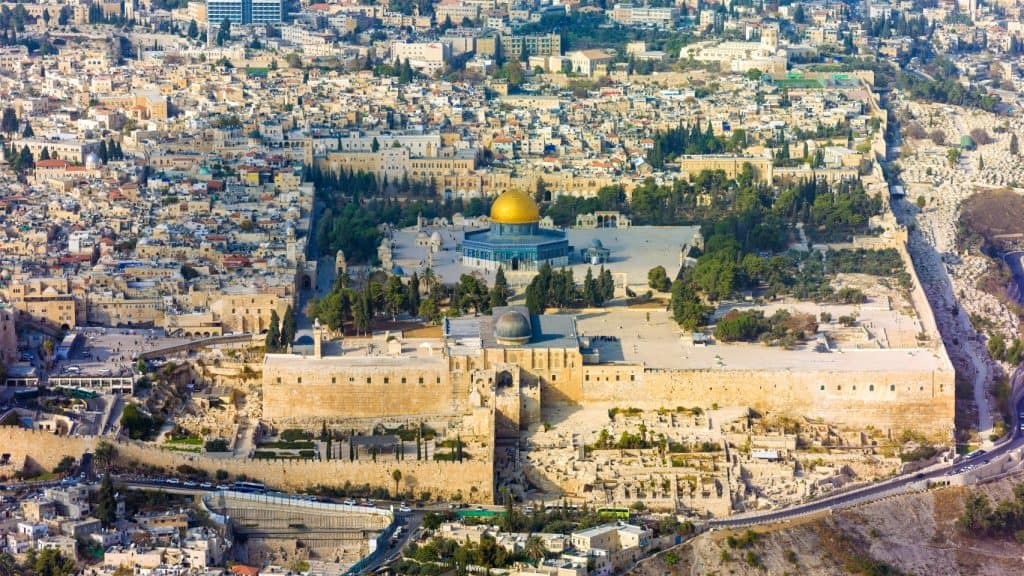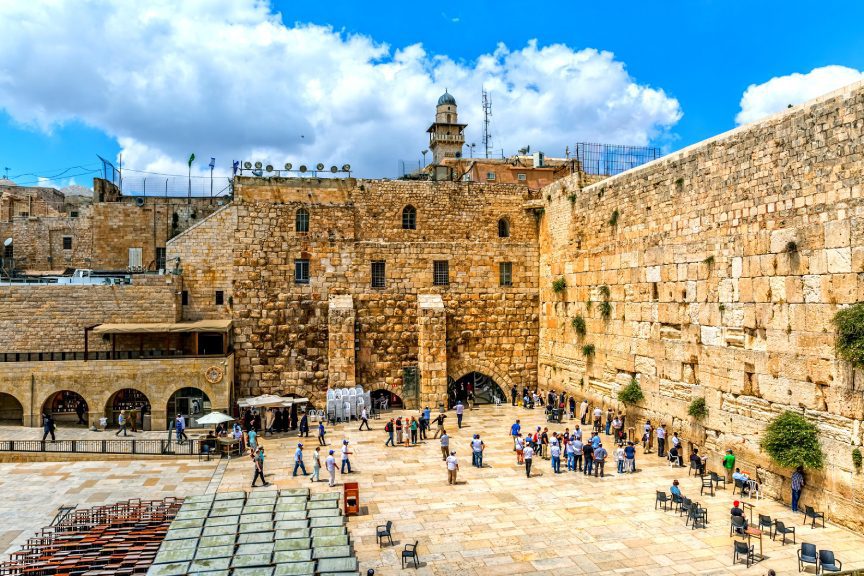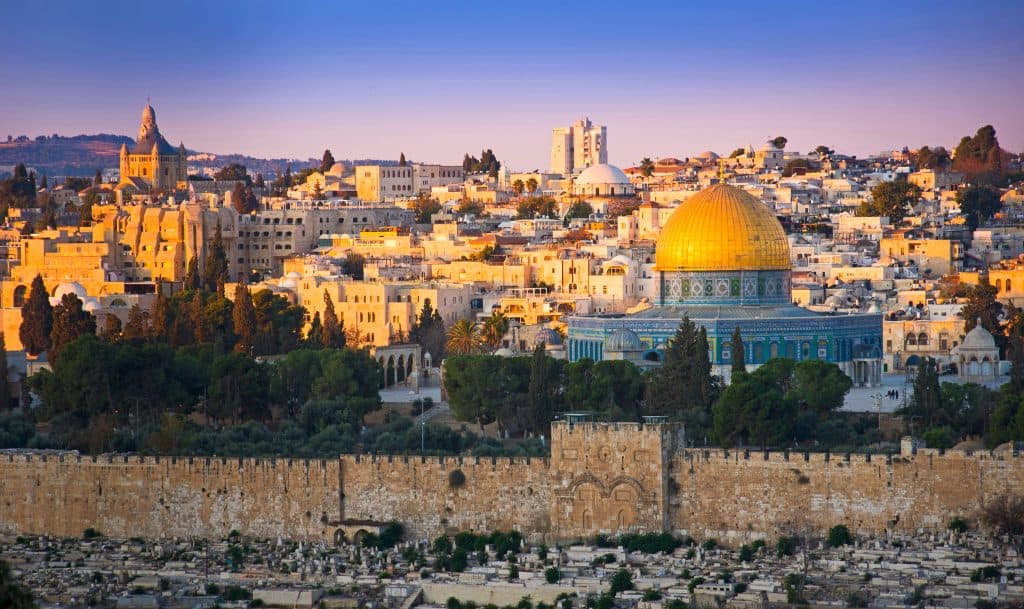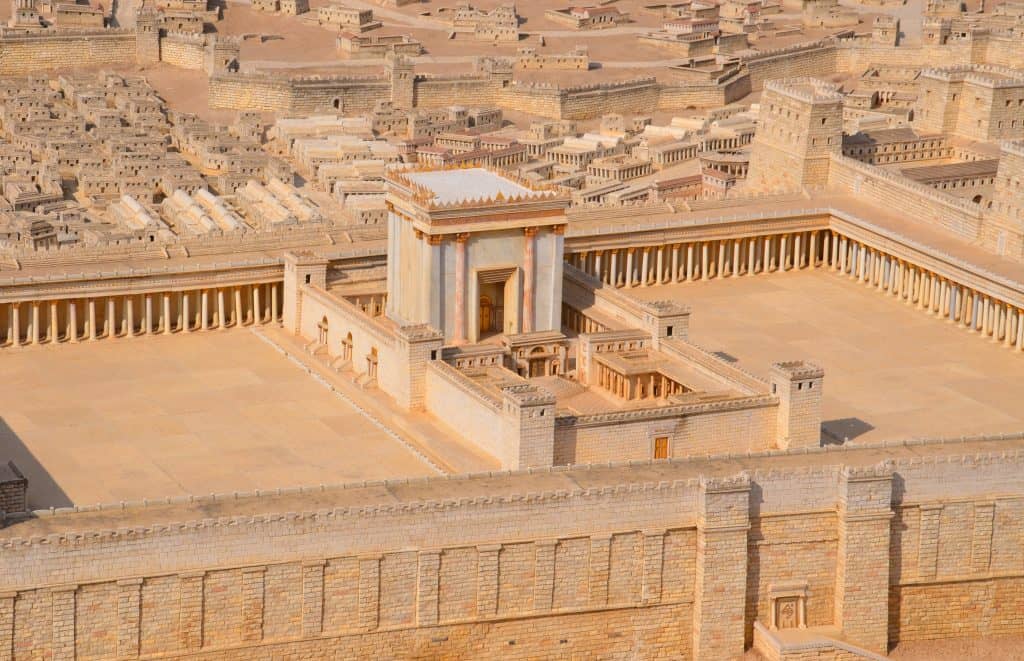The First Temple, a testament to devotion and architectural grandeur, was central to ancient Israel’s religious and cultural tapestry. Join us as we journey back to explore the significance, splendor, and legacy of the First Temple of Jerusalem.
Temple Mount

A Divine Vision Realized:
The construction was a monumental endeavor undertaken during the reign of King Solomon. Its foundation was laid on the sacred grounds of Mount Moriah, a location believed to be the very spot where Abraham offered Isaac and later the site of the binding of the Jewish shrine.
The First Temple – A House for God:
The structure served as the epicenter of Israelite worship, housing the Ark of the Covenant—a sacred repository for the stone tablets bearing the Ten Commandments. The First Temple was envisioned as a dwelling place for the divine presence, where the people could connect with the Almighty.

Architectural Marvel:
The First Temple was an architectural marvel renowned for its magnificence and grandeur. Its design blended artistic finesse with sacred symbolism. Ornate carvings, intricate woodwork, and lavishly adorned inner sanctums reflected the significance of the space and the reverence of those who entered.
Old City Jerusalem Tour

A Center of Unity:
The shtrine played a pivotal role in uniting the tribes of Israel. During religious festivals and significant occasions, people from across the land would converge upon Jerusalem to offer sacrifices and engage in communal worship, fostering a sense of shared identity and purpose.
Jerusalem Ultimate Guide

Destruction and Legacy:
The Temple’s legacy was tragically marred by its destruction in 586 BCE, when the Babylonians razed Jerusalem and ended the Kingdom of Judah. This cataclysmic event marked the beginning of the Babylonian Exile—a period of upheaval that left an indelible mark on the Jewish collective consciousness.
Enduring Spiritual Legacy:
Despite its physical demise, its spiritual legacy endured. Its memory was preserved through scripture, prayer, and the yearning for the restoration of Jerusalem. Furthermore, the emotional and spiritual connection to the House of the Lord persisted through generations, becoming a central theme in Jewish liturgy and identity.
Second Temple in Jerusalem

The Eternal Flame:
Furthermore, the Temple’s eternal flame, symbolizing divine presence and continuity, lived on through the Second Temple, rebuilt after the Babylonian Exile. The flame continued to burn until the destruction of the Second Temple in 70 CE—a flame of devotion that flickered through millennia.

